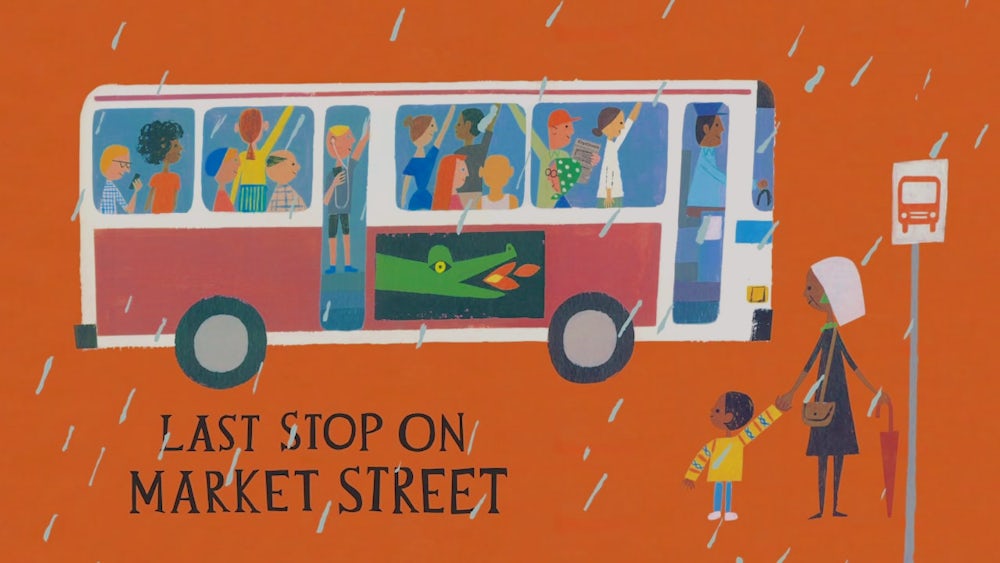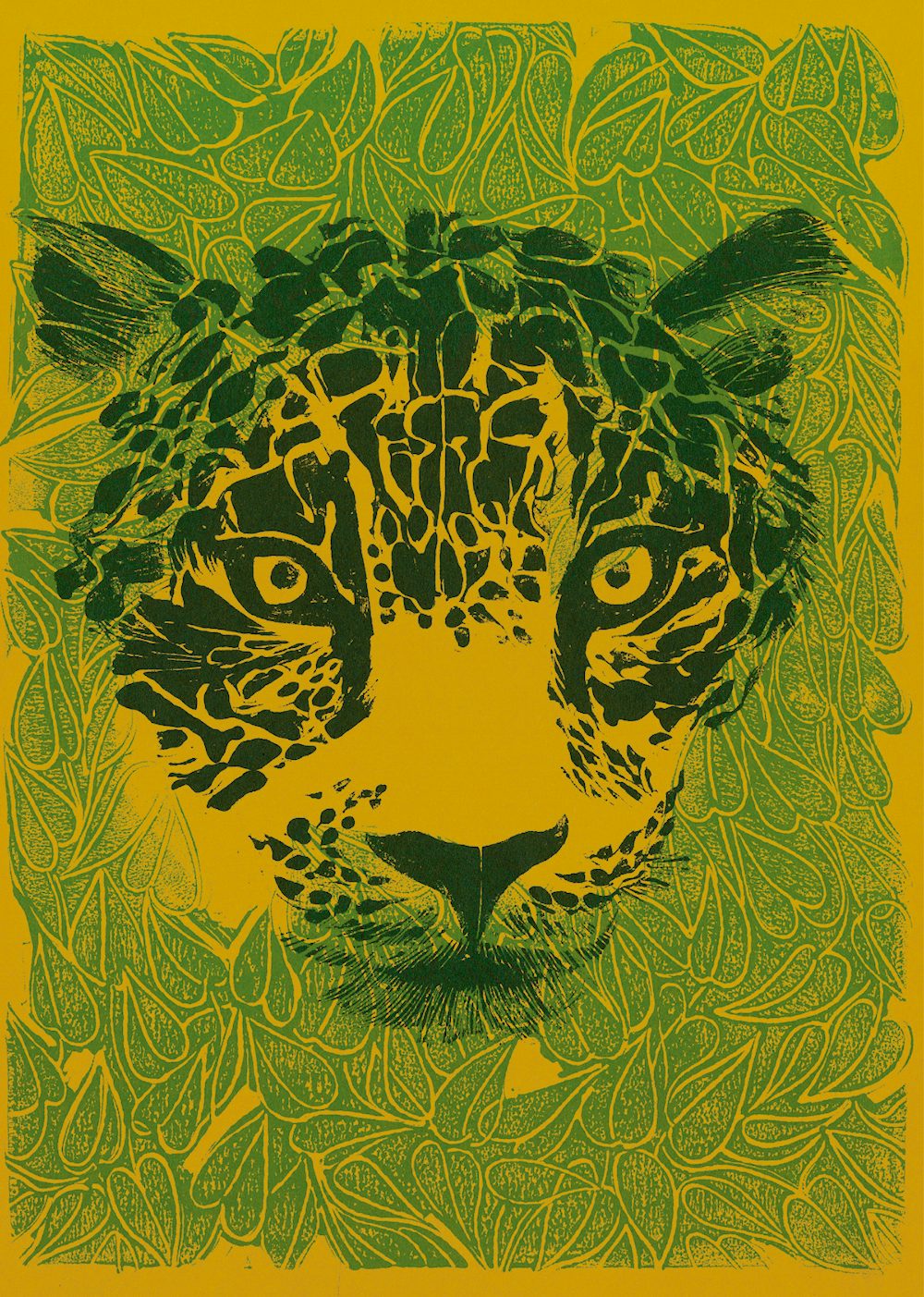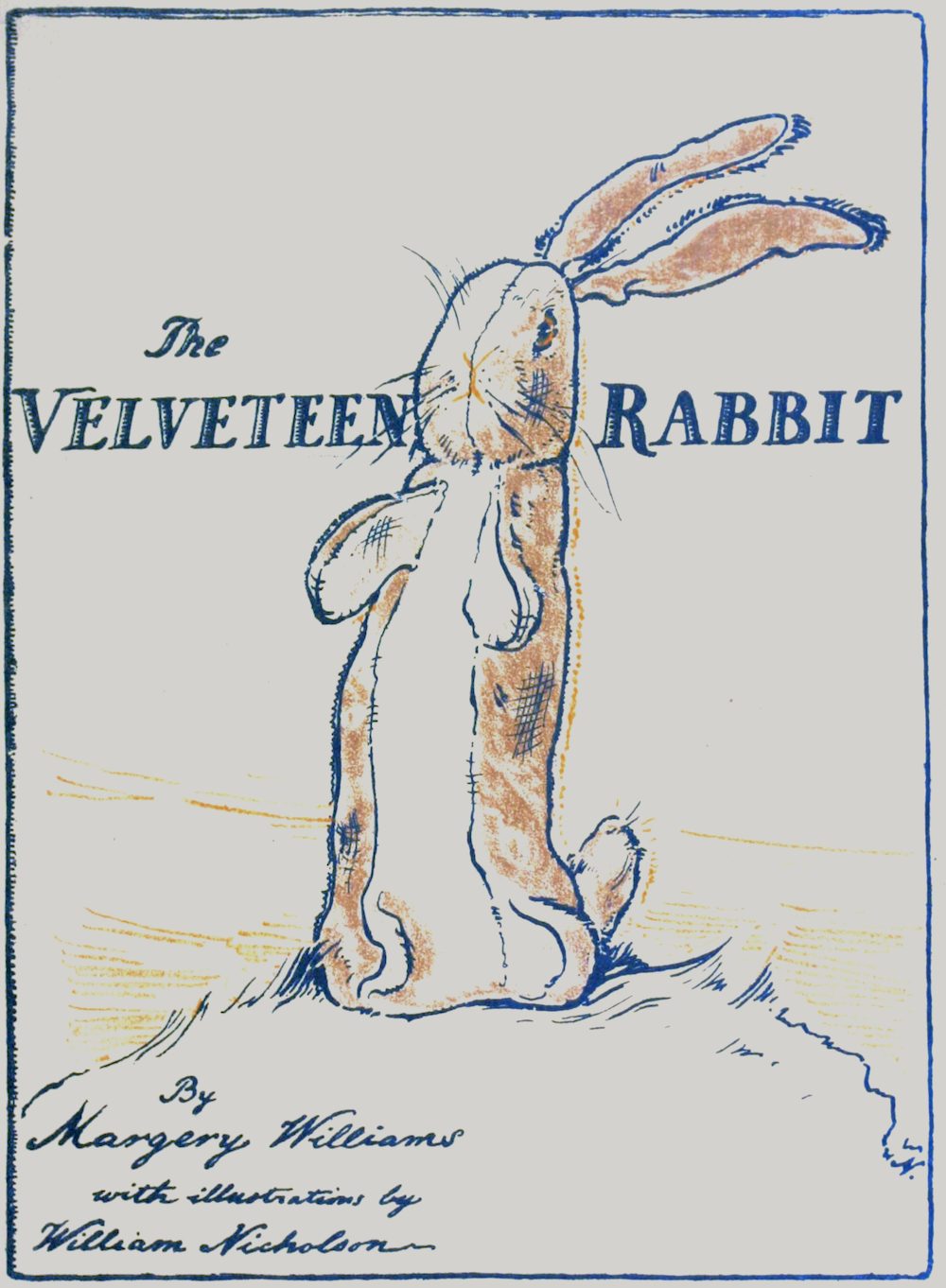“A person is a person no matter how small,” the iconic line from Dr. Seuss’s Horton Hears a Who, is beloved by thousands who value empathy and the books that helped them understand that others who are different are equally human.
Horton Hears a Who is a great place to start, but it’s only a start! There are tons of fantastic books that are entertaining for kids and parents, and can help young readers identify with others better. The connection between reading and empathy isn't just conventional wisdom anymore–there is a lot of scientific evidence that reading helps people develop their empathy muscles. Here are a few suggestions to expand your kids’ – and probably your own—horizons.

Join CJ and his Grandma on their bus ride across town, noticing all the people and different ways of life along the way as Grandma wisely answers the honest questions CJ has along the way.
Everyone deserves a hug! You resist giving some out yourself after reading this adorable story about how to show you care.
Celebrate individuality with the vibrant story of Julián, a boy who loves mermaids and his super cool grandma who helps him buck conventionality.

The tale of Dumpster Dog, the charming street dog looking for human companionship, is already wildly popular in France and is now translated for an English-speaking audience.
First published in 1968, The Jungle was inspired by author Helen Borten's life-changing visit to the jungles of Guatemala. Borten's magical illustrations and descriptions of a day in the life of the jungle are certain to draw anyone in to a wild new world.
Everything is worth noticing, and Be Still, Life is about all the miraculous things you can witness in every day life if you slow down a little to take it all in.

Simultaneously the origin and answer to many an existential crisis, the Velveteen Rabbit has been drop-kicking us right in our innermost hearts since 1922. The powerful and painful magic of real love is expressed nigh-on perfectly in this classic parable.
Red has a lot of strong feelings that come out in the form of bullying the other colors in the rainbow. But Red isn't a bad guy – it just has some learning to do about channeling its feelings and dealing with its yearning for acceptance. This book is a multitasker: learn about counting, colors and appreciating others' differences all wrapped up in one simple and profound story.
When it's time to take on the Big Conversation, this book might help. Death appears as a gentle, compassionate friend who helps four brothers and sisters understand the connection of joy and sorrow, life and death, before visiting their grandmother. The message is timeless and ageless, and this story may be one of the most gentle ways to break the news. You probably want to prep the tissue box when you break this one out.
